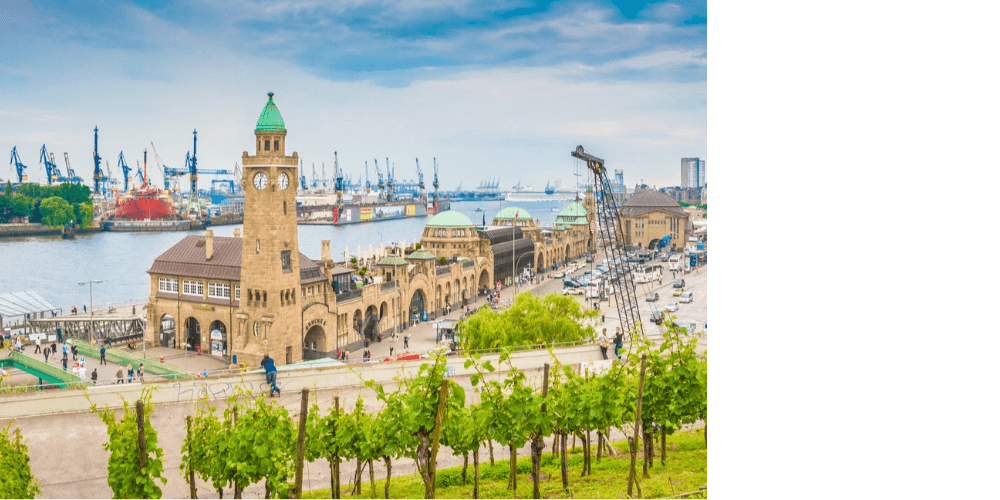The History
This November, PHUSE is heading to Hamburg – Germany’s dynamic port city, where history meets innovation. Known for its harbour charm, architecture and rich cultural life, Hamburg offers the perfect location for the EU Connect 2025.
Officially known as the Free and Hanseatic City, Hamburg’s history is deeply rooted in trade, resilience and reinvention.
Founded as a fortress in 808 CE by Emperor Charlemagne, the city gained major significance in 1189 when it became a Free Imperial City with tax-free access to the River Elbe. This made Hamburg a key trading port and, in 1241, it joined forces with the city of Lübeck to form the powerful Hanseatic League – a medieval trading alliance that cemented its influence across Europe.
Hamburg has endured major hardships, including devastating fires, the Black Death, pirate raids and war. Despite this, the city thrived through international trade and innovation, founding one of the world’s first stock exchanges in 1558.
The 19th century brought dramatic change – from the Great Fire of 1842 to a booming population, democratic reforms, and Hamburg’s rise as a gateway to the New World. By the early 20th century, it had become one of Europe’s busiest ports.
Hamburg suffered great destruction during the Second World War, particularly during Operation Gomorrah, when much of the city was bombed. In the aftermath, it rebuilt itself into a modern hub of culture, commerce and international cooperation – which we know our Connect attendees will love.
The Tourism
There’s plenty to discover in Hamburg – from iconic landmarks to architectural marvels. Take a look at our guide below to make the most of your stay!
Hamburg Bunker
Distance from Connect venue: 7-minute drive/20-minute walk
Once a Second World War air-raid shelter, the 40-metre bunker has been transformed into a cultural space featuring a rooftop garden, a café and a public viewing platform. The 355-step climb offers a panoramic view of Hamburg – from St Pauli stadium to the Elbe.
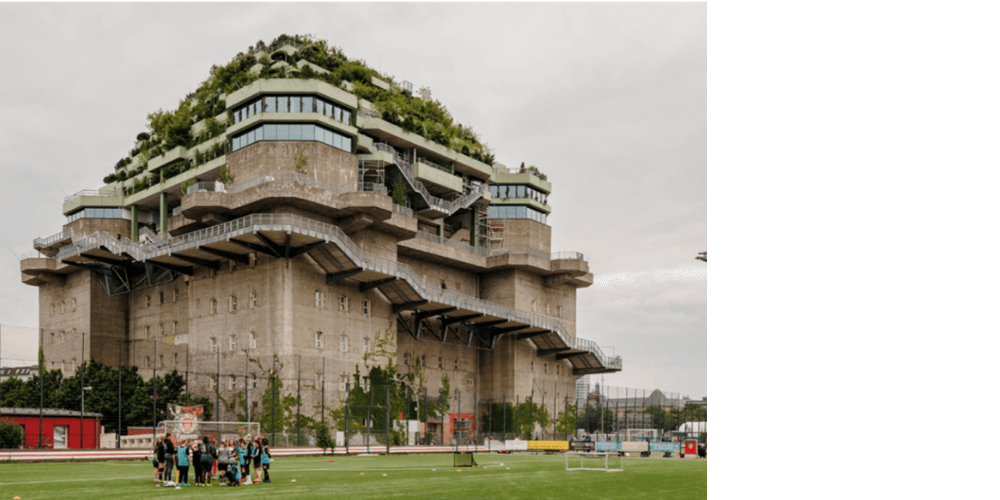
Hamburger Kunsthalle
Distance from Connect venue: 7-minute drive/24-minute walk
Art lovers shouldn’t miss the Hamburger Kunsthalle. The art museum spans 700 years of European art, from the Old Masters to contemporary artists. Highlights include works by Rembrandt, Manet, Gauguin and Caspar David Friedrich, alongside modern pieces such as Jenny Holzer’s LED installation. With rotating exhibitions and a strong focus on women artists, there’s always something new to discover.
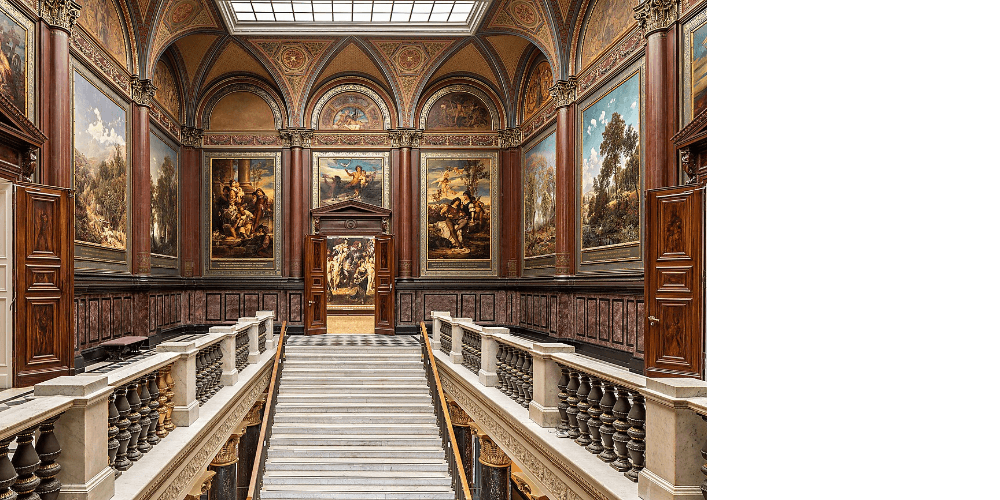
Hamburg City Hall (Rathaus)
Distance from Connect venue: 8-minute drive/19-minute walk
The striking sandstone Hamburg City Hall houses the city’s senate and parliament and stands as a symbol of civic pride and resilience. Visitors can admire its ornate façade, grand staircase and over 600 rooms – or join a guided tour to explore the historic chambers, where the local government meets every second Tuesday.
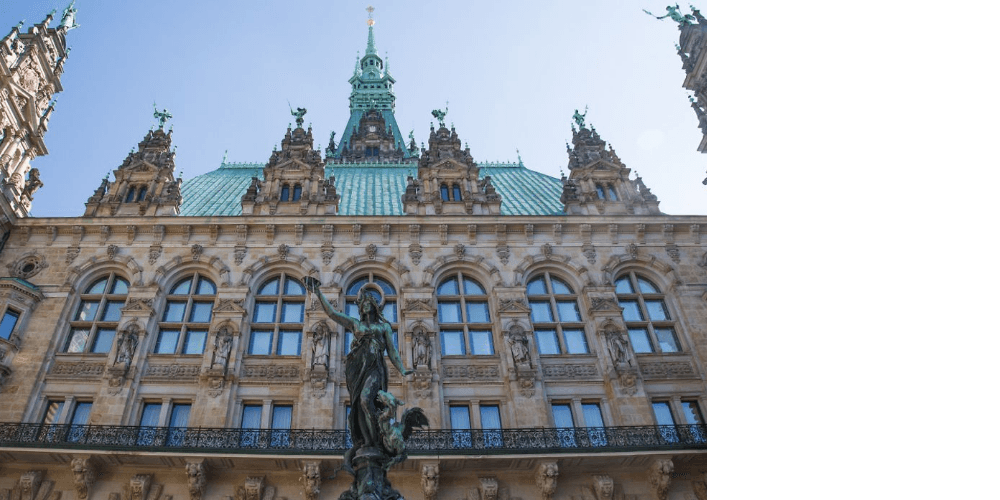
St Michael’s Church (Michel)
Distance from Connect venue: 8-minute drive/27-minute walk
Known locally as ‘Michel’, this fine Baroque church has long been one of Hamburg’s most beloved landmarks. Its soaring tower offers one of the best views of the city’s skyline. Step inside to enjoy the luminous interior – and a quiet moment of beauty just minutes from the bustling streets.
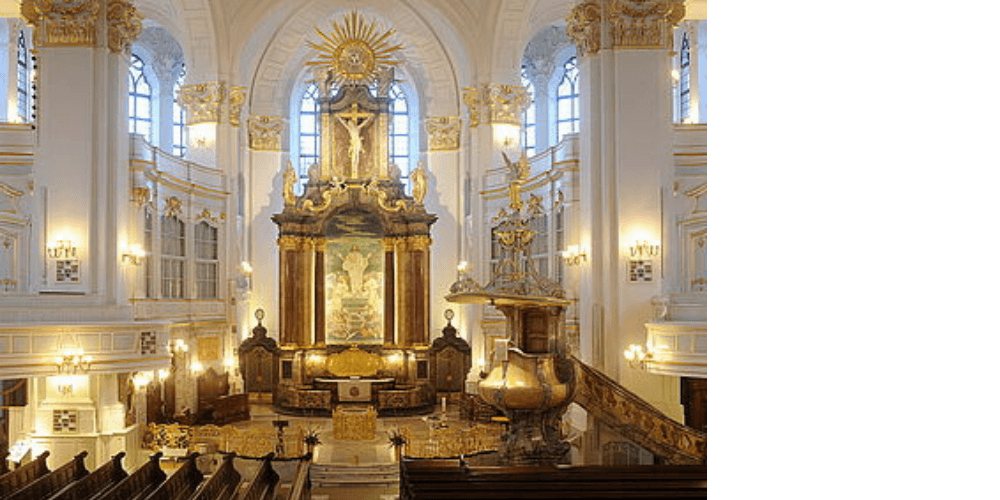
Landungsbrücken (Landing Stages)
Distance from Connect venue: 11-minute drive/35-minute walk
Head to the Landungsbrücken on Hamburg’s historic harbourfront. This 700-metre floating dock is the launch point for harbour tours and ferries to nearby riverside districts. You’ll find seafood restaurants and souvenir shops and get a true sense of Hamburg’s connection to the water. Tours across the water showcase the Speicherstadt warehouse district and HafenCity, with container terminals, bridges and locks – it’s a great way to experience the city’s industrial and maritime legacy.
Don’t miss the water tower, which shows the time and the tide and rings a ship’s bell every half hour.
